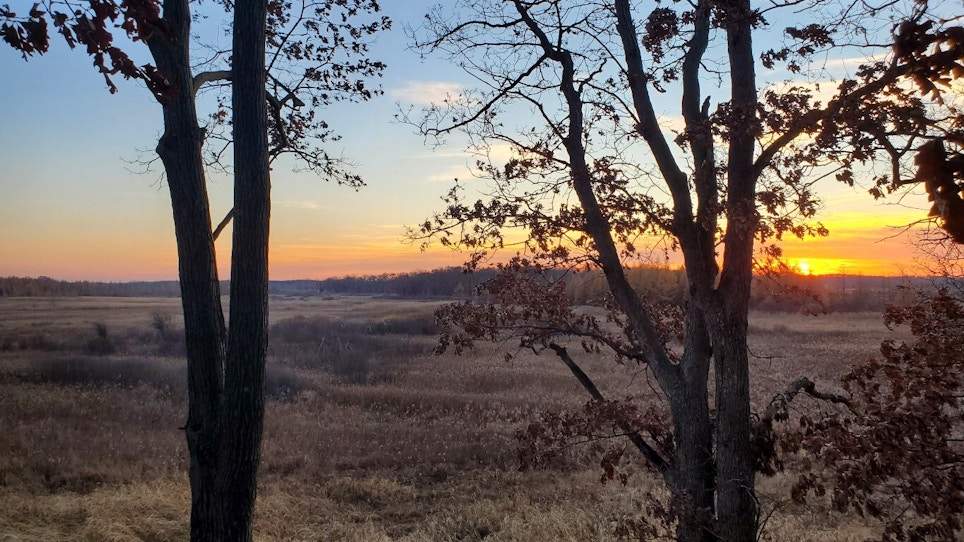For those of us who’ve been in the hunting business for decades, the concept of fair chase hunting comes as naturally as breathing. We were taught early on that you do not take unfair advantage of game, that it is all about the process, there is no such thing as instant success, and you have to pay your dues to become a woodsman — which translates into increasing the odds.
Occasionally I receive email solicitations like this, and it makes me wonder about fair chase hunting. What does that mean, exactly? Who defines it? Is it the same for everybody? Why is it important?
One such email read, in part: “Friends, we have two monster Desert Bighorn sheep over 190 inches inside the fence available to be hunted during the 2018-2019 upcoming season. These two sheep have been already measured and expect to go 195+ for the next season. We also have a good variety of sheep of different sizes ranging from 160 up to 185 inches at different price ranges. Lodging, first-class cuisine, 5-star service, two-day hunt. Please contact me if you have any interest in any of these sheep.”
This is hunting? Shooting one of these magnificent rams inside a high fence under these conditions does not resemble fair-chase hunting, at least in my mind. It’s collecting, nothing more. One of the key tenets of fair-chase hunting is there is no guaranteed outcome. As the saying goes, you pay your money, you take your chances; success is never ensured. Now, if that’s what someone wants to do, I truly don’t have a problem with that. But please, don’t call it fair-chase “hunting.”
The whole topic of hunting inside a high fence is a bit complicated. In much of the world, it’s an accepted practice. Here in the U.S., high-fence hunting occurs to a smaller degree. In Texas, for example, there are lots of high-fence ranches that offer whitetails as well as exotic animals imported from around the world. Some other states have high-fence ranches specializing in monster whitetail bucks, with pricing determined by the size of the antlers. You can also find ranches that offer big bull elk, bighorn sheep and other animals. It’s a highly-controversial industry, to say the least.
If you’ve never been exposed to it, at first blush you might think it means caging an animal inside a relatively small enclosure. That’s not necessarily true. In South Africa, for example, I bowhunted plains game and Cape buffalo one week on a fenced ranch that encompassed almost 30,000 acres — that’s nearly 47 square miles — much of it rugged, mountainous terrain where hunting was difficult, to say the least. I didn’t find getting a shot at an animal like shooting a duck in a barrel at all. And success was not guaranteed by the outfitter. Fencing large properties here is common, for many reasons, like keeping both predators and poachers out.
Today the concept of fair chase is being questioned in terms of new introductions in technology. A few states have banned scouting cameras during all or parts of the calendar year, for example. Questions are being asked about high-tech crossbows being allowed during archery-only seasons and whether or not that violates the spirit of what bowhunting is all about. Do e-bikes running up and down roads closed to vehicular traffic give those riders an unfair advantage?
The Pope & Young Club’s website states that “The fair chase concept does, however, extend beyond the hunt itself; it is an attitude and a way of life based in a deep-seated respect for wildlife, for the environment, and for other individuals who share the bounty of this vast continent’s natural resources.” That’s well stated. The Boone & Crockett Club has some great thoughts on the topic; you can find them at www.huntfairchase.com.
In early America, how we hunted didn’t matter; game was plentiful and hunting was not for sport, but survival and profit. But by the late 1800s, unregulated sport and commercial market hunting had taken its toll, and wildlife was no longer abundant. Enter Theodore Roosevelt, who formed a group of his friends into the Boone and Crockett Club in 1887 to address this rapid decline. Their solution? Promote a new system of natural resource use called “conservation,” and promote regulated hunting as the foundation for this new system. Soon they began promoting another then-radical concept: fair chase.
If hunting was going to be allowed to continue, how it was being conducted and the character of the hunter now mattered. Fair chase became a part of an overall conservation ethic, defining a true sportsman as one who could kill game, yet use self-restraint and stand guard to ensure that wildlife populations would never be threatened again. It didn’t mean hunting was a sport like other contests, but rather its participants used a “sporting” approach. Fair chase defined the rules, elevating sportsmen to highly respected members of the community for their skill as woodsman and providers, but also for their commitment to something greater than themselves.
Today, more than ever before, the concept of fair-chase hunting is bedrock to our industry’s survival and our way of life. So, to answer the Mexican outfitter’s email: Count me out. Way out.
What’s your take on fair-chase hunting? How do your customers view it? Drop me a note at editor@grandviewoutdoors.com and let me know.






